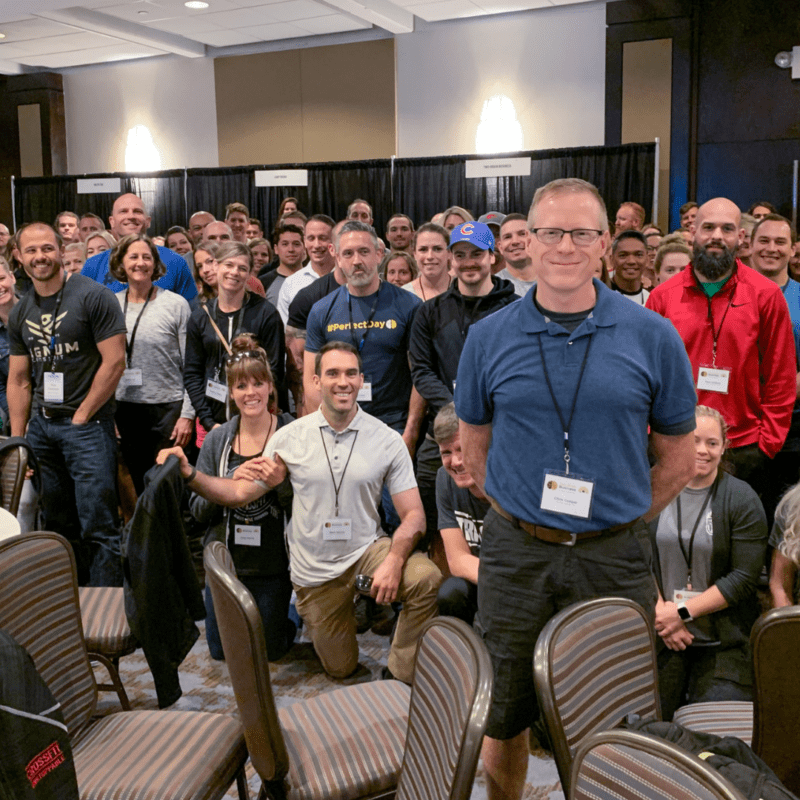Let’s think about how we learn new skills. In sixth grade math class, does a teacher say, “Watch me do math, and then YOU try it”? Or do they say, “Here’s what I’m doing right now – I’m carrying the one and putting it up here.” You don’t have that luxury when an intern is watching you coach a live class. You can’t freeze the participants, silence the stereo and say, “Justin, I’m holding this stick in front of her bar so she has a tactile cue about proper bar path.” Instead, you hope he’s paying attention, and you hope he figures out WHY you’re holding that PVC vertically, and why you chose Julie, and why you chose her TODAY, and how you positioned the rest of the class around her to see, and where you stood, and how loudly you spoke, and… Modelling is an important part of teaching. But it’s not the majority. Demonstration, explanation, repetition, mimicry and recall are all important parts of teaching. When a box owner tells me they have a new coach “shadowing” them, I always hope they don’t mean “watching.” Because that’s only about 20% of the way they’ll learn. I admit it: I think about “learning” a lot more than most people. As a co-owner of IgniteGym, I often face the problem of getting a message to stick in the brain of a noncompliant client. These lessons have made me better at storytelling and coaching everyone else. And they created the infrastructure of our Advanced Theory Course: first the potential interns learn the foundation; then they teach it back. Then they relearn the movements; then they teach them back (but only to other interns.) THEN they shadow, and then they teach while being recorded for evaluation. Done right, it really only takes 8-12 weeks. But focusing primarily on “shadowing” makes the process much longer, the lessons less sticky, and everyone’s time less ...
Read More →
